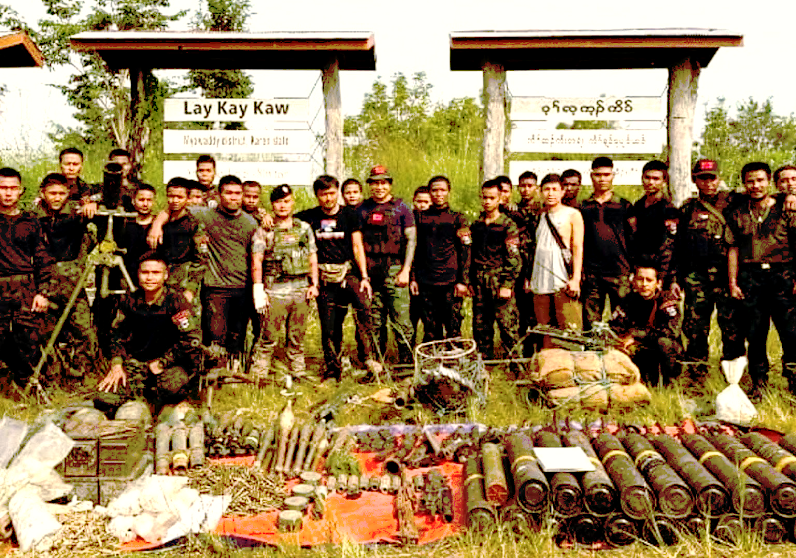Myanmar Spring Chronicles – January 11 Scene
MoeMaKa, January 12, 2025
The Strengths and Weaknesses of Nationalism
In Myanmar, a country composed of numerous ethnic groups, ethnic and federal issues have emerged as even more significant political matters than democracy, particularly since 2021. There is a perception that Myanmar, as a nation, historically referred to only the Bamar ethnic group, despite its current broader interpretation as encompassing all ethnic groups.
Historically, the Bamar, leveraging their numerical and military strength, established dominant rule during the early eras. Simultaneously, ethnic groups like the Rakhine and Mon created their own independent kingdoms. By the early 1800s, British colonization swept across the region, reshaping the political landscape. The British colonial administration intended to restore pre-colonial autonomy to regions like Shan State, Karenni, Chin Hills, and Kachin areas but faced a reality vastly different from earlier times due to the intervening colonial era and the aftermath of World War II.
Between 1946 and 1948, the visions, aspirations, and compromises of various ethnic groups took shape during negotiations for independence. Despite initial unity to form a federal union and the establishment of the 1947 Constitution, the young nation soon descended into internal strife. Armed conflicts broke out among groups that once fought together for freedom, leading to Myanmar’s first civil war even before its newfound independence could stabilize.
For over 70 years, Myanmar’s political landscape has been dominated by civil wars, with ethnic armed groups rising, merging, disbanding, or surrendering arms over time. These events have provided profound lessons in history, often underscoring missed opportunities for peace.
From its independence in 1948 to the present, Myanmar has experienced limited democratic progress—barely a decade—while military authoritarianism dominated the remaining years. Armed struggles for national liberation have largely overshadowed nonviolent movements.
Reflections on Ethnic Armed Struggles
One might question whether these decades of nationalistic endeavors have achieved their goals. Over three generations, ethnic armed movements have failed to reach full success, primarily due to factors like the central military’s dominance, the lack of simultaneous uprisings across all ethnic regions, and the Bamar majority’s tepid opposition to the central military.
The 2021 military coup reignited widespread public resistance, including armed struggle. This situation has significantly challenged the military’s control, forcing it to concede territories in Rakhine, Karenni, Chin, Kachin, and northern Shan states by the end of 2024.
Ethnic armed groups now face a pivotal moment. The interplay between nationalism and democracy within these groups raises critical questions. Maintaining cohesion while avoiding internal conflicts between ethnic groups or within armed groups themselves is vital.
Some ethnic armed groups balance political strategy with democratic principles, while others rely heavily on military power and nationalism. While nationalism can unite and mobilize, excessive reliance on it risks devolving into supremacist ideologies, creating dangers for internal peace and stability.
The current circumstances present an unparalleled opportunity for armed groups to achieve longstanding goals, provided they adopt inclusive, democratic approaches and avoid the pitfalls of ethnonationalism. Moving forward, the challenge lies in navigating this delicate balance to foster unity and genuine federalism in Myanmar.

